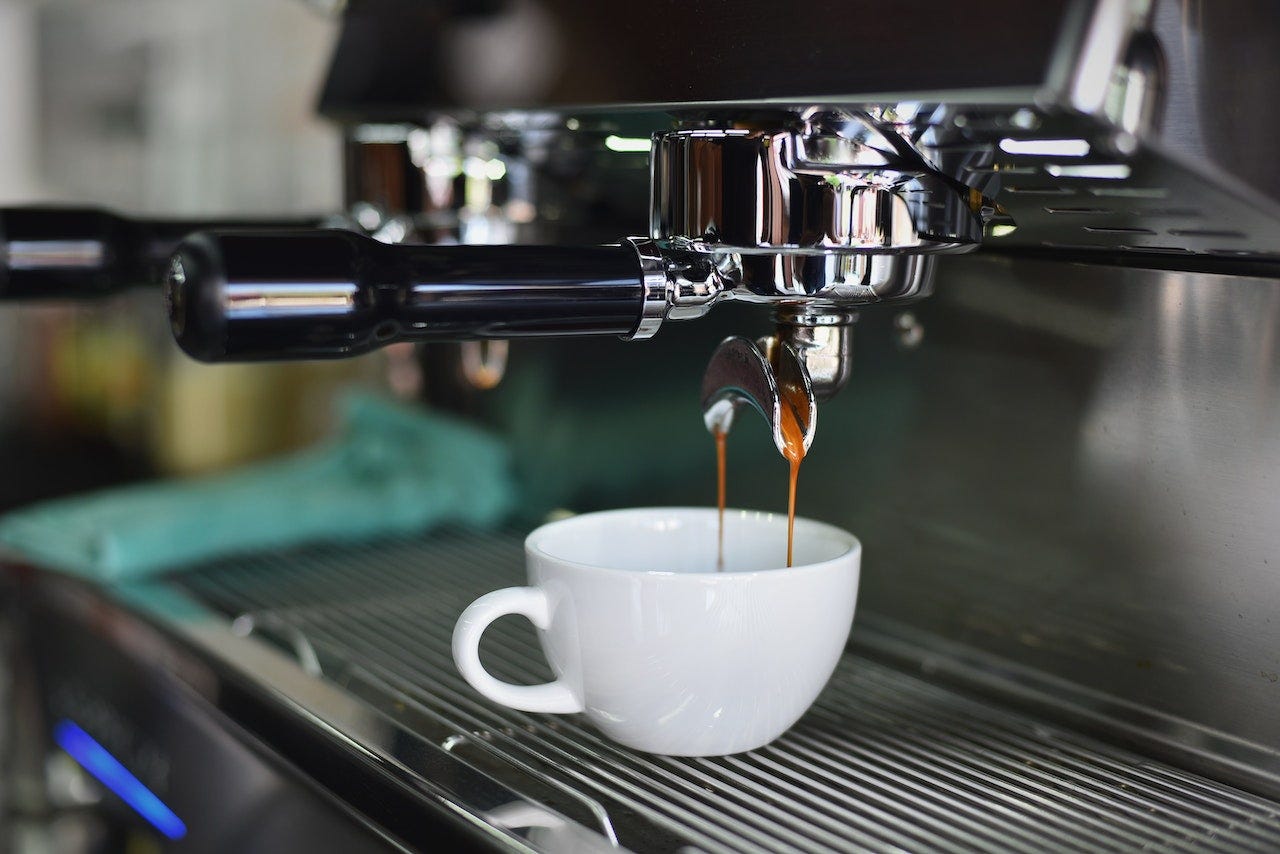In Canada On Orders Of $69+
In Canada On Orders Of $69+ *Remote Areas Excluded

Espresso: that rich, bold elixir that wakes us up and sets the tone for our day. But have you ever wondered what goes on inside that machine to transform a handful of coffee grounds into your favorite caffeinated beverage? Let's dive into the fascinating world of espresso machines and uncover the science and engineering that make your morning ritual possible.
The Basics of Espresso Making
At its core, making espresso involves forcing a small amount of nearly boiling water through finely-ground coffee beans. This process requires precision and control over several variables, including temperature, pressure, and grind size, to achieve that perfect shot of espresso with its signature crema on top.
The Heart of the Machine: Boiler and Pump
The journey begins with water. Espresso machines typically come equipped with a boiler that heats water to the precise temperature needed for brewing espresso—about 90°C to 96°C (194°F to 205°F). This is crucial because the right temperature extracts the coffee flavors efficiently without burning the grounds or producing a bitter taste.
Once the water reaches the ideal temperature, it's time for the pump to take center stage. The pump is responsible for creating the pressure necessary to push water through the coffee grounds. Traditional espresso machines operate at around 9 bars of pressure, equivalent to nine times the atmospheric pressure at sea level. This high pressure is essential for extracting the coffee quickly and efficiently, resulting in the rich and concentrated flavor characteristic of espresso.
The Portafilter and Coffee Grounds
The next key player is the portafilter, a handle with a metal filter basket at the end where the coffee grounds are placed. The grounds must be finely and evenly ground to ensure an even extraction. Before brewing, the grounds are tamped down in the portafilter to create a flat, even surface. This tamping process is vital as it controls the flow of water through the coffee, ensuring that the water interacts with the coffee grounds uniformly.
The Extraction Process
With the press of a button or the pull of a lever, the machine springs into action. Water from the boiler is pushed through the coffee grounds in the portafilter at high pressure. This intense interaction between hot water and coffee grounds happens quickly, usually in 25 to 30 seconds, and it's during this time that all the coffee's flavors, oils, and essences are extracted, culminating in the rich, aromatic liquid that flows into your cup.
The Magic of Crema
One of the hallmarks of a well-made espresso is the crema, the creamy, caramel-colored foam that tops the espresso shot. Crema is created by the emulsion of coffee oils and the air being forced into the mixture under high pressure. It not only adds to the visual appeal but also to the texture and taste, trapping some of the espresso's volatile compounds that contribute to its aroma and flavor.
Conclusion
The process of making espresso is a blend of art and science, where precision and care at every step can lead to a masterpiece in a cup. From the engineering feats that maintain the perfect temperature and pressure to the barista's skill in grinding and tamping the coffee, every aspect of the espresso machine's operation plays a crucial role in bringing out the rich, complex flavors of the coffee bean. Next time you sip on your espresso, take a moment to appreciate the intricate dance of variables that came together to create that perfect shot, right in the comfort of your own home or your favorite cafe.
{"one"=>"Select 2 or 3 items to compare", "other"=>"{{ count }} of 3 items selected"}
Leave a comment